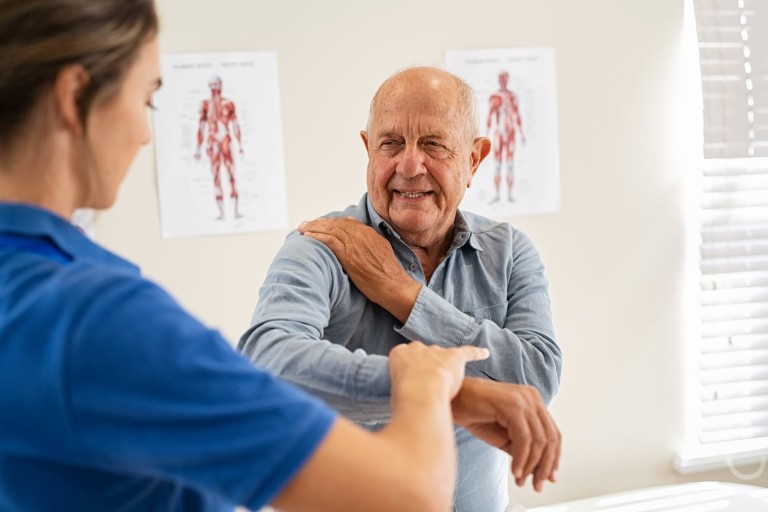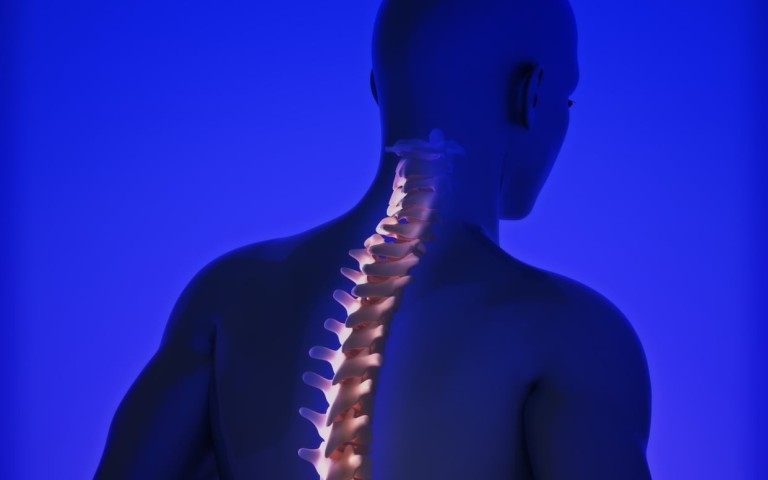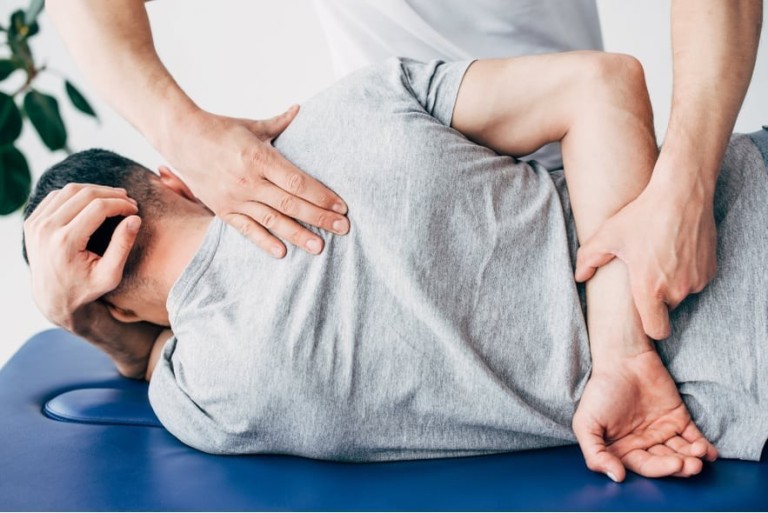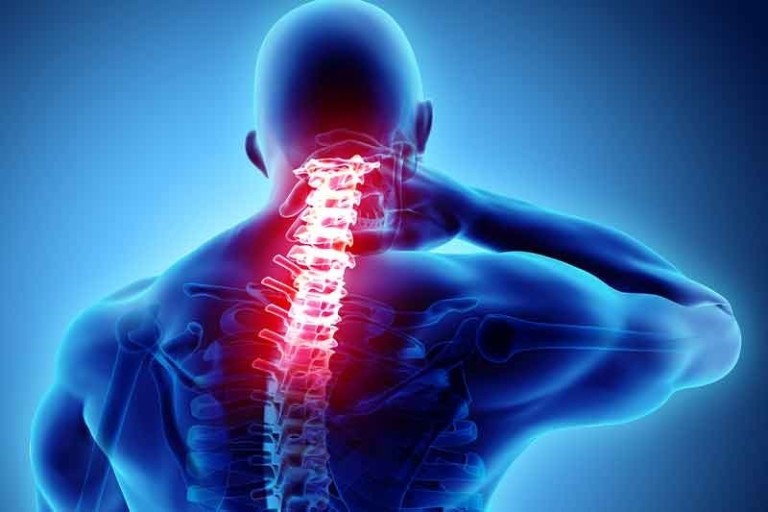
Posted in
Upper Extremities
Date: May 27, 2021

Many people find relief for various health conditions by going to a chiropractor for an adjustment. But what exactly is chiropractic adjustment and how can it help you?
Chiropractic treatment is a non-invasive approach to pain management and improving body mobility. Using only their hands, the chiropractor manipulates your joints, especially ...
Read more
Posted in
Upper Extremities
Date: May 11, 2021

Shoulders are the joints with the greatest mobility in the human body. Your arm is capable of a 360 degrees rotation thanks to the special build of the shoulder. The humerus (the upper arm bone) connects to the shoulder blade and the collarbone through a complex network of ligaments and ...
Read more
Posted in
Head Disorders
Date: Apr 12, 2021

According to the Mayo Clinic's website: Meniere's disease is a disorder of the inner ear that causes spontaneous episodes of vertigo — a sensation of a spinning motion — along with fluctuating hearing loss, ringing in the ear (tinnitus), and sometimes a feeling of fullness or pressure in your ear. ...
Read more
Posted in
Upper Extremities
Date: Apr 5, 2021

The deep underlying causes of depression, fatigue, and the lack of enthusiasm for life can all be attributed to childhood trauma. Trauma to the upper cervical spine can cause the atlas vertebra to misalign from its normal position thereby causing interference to normal neurological function.
Atlas (C1) and Axis (c2) ...
Read more
Posted in
Upper Extremities
Date: Mar 14, 2021

Chiropractic techniques are special procedures performed by chiropractors to rectify and relieve pain that comes with certain spinal or vertebral conditions. The most common cause of spinal pain and discomfort is vertebral misalignment.
Your vertebral column is made up of series of vertebrae that are cushion by discs. If these discs ...
Read more
Posted in
Upper Extremities
Date: Mar 6, 2021

What is chiropractic?
Chiropractic (chiropractic adjustment) is a technique in which the specialists or chiropractors apply a sudden but controlled force to joints. This force is applied either through hands or through small instruments. This technique is also sometimes called a joint or spinal manipulation. The purpose of applying this controlled ...
Read more



